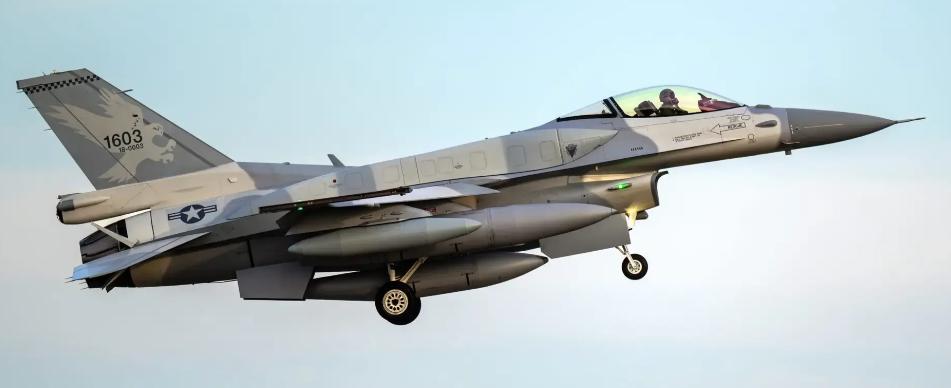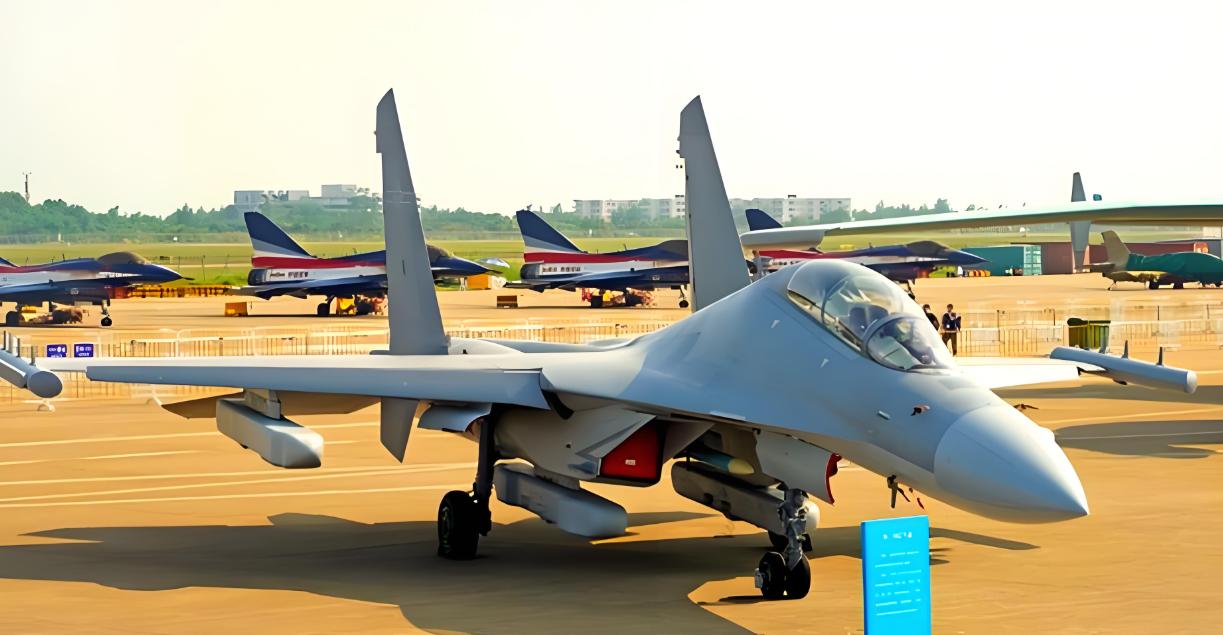Recently, CCTV footage has confirmed that the upgraded J-11BG heavy fighter has appeared in the airspace east of Taiwan for combat readiness patrols. Its strong performance has made the Taiwanese military's so-called "strongest" F-16V dare not appear to respond, intuitively demonstrating the technological gap between the air forces on both sides of the strait.
However, careful viewers noticed that this modified aircraft still retains a pitot tube on its nose. This has led to renewed speculation that "retaining a pitot tube means no active electronically scanned array radar" and "the performance may be very backward." So, does retaining a pitot tube on the nose really mean technological backwardness? The answer is no. This is actually a long-standing misconception that needs clarification.

First, we must clarify the fundamental functions of the pitot tube and the onboard radar.
The pitot tube is the "senses" of the aircraft, responsible for accurately measuring key atmospheric data such as flight speed and altitude, which are essential for flight safety and control. As long as the plane is flying within the atmosphere, this device is indispensable. Onboard radar, especially active electronically scanned array (AESA) radar, is the "eyes" of the aircraft, detecting targets through electronic scanning, with its performance directly determining the aircraft's situational awareness and beyond-visual-range air combat capabilities.
Traditionally, the pitot tube located at the very front of the nose (made of metal) can cause some obstruction and electromagnetic interference to the radar beam behind it, regardless of the type of radar. Therefore, many newly designed fourth-and-a-half-generation and fifth-generation aircraft (such as the J-10C, J-20, and Eurofighter Typhoon) have chosen to move the pitot tube to the sides of the nose or other parts of the fuselage to maximize radar performance.

However, this does not mean that retaining a pitot tube on the nose implies an inability to install advanced phased array radar.
A classic example is the U.S. F-16 Block 70/72. This model is equipped with the advanced Northrop Grumman APG-83 AESA radar, but its nose still retains a very noticeable pitot tube.
This is because the upgrade scheme is based on the original F-16 airframe. To significantly reduce costs, shorten the upgrade cycle, and maintain logistical commonality, it did not undergo a major redesign of the nose. Instead, through precise engineering design, it optimized the coexistence of the pitot tube and the AESA radar, ensuring radar performance meets standards while retaining this traditional layout.

Understanding this, we can now look back at the J-11BG. Its upgrade approach is similar to that of the F-16 Block 70/72.
According to authoritative domestic and international sources, the most critical upgrade of the J-11BG is replacing the mechanical scan radar of the older J-11B with a new active electronically scanned array radar.
It is speculated that this new radar has more than 1,500 transmit/receive modules, with a detection range of over 200 kilometers for medium-sized fighters, capable of tracking more than 20 targets simultaneously and attacking the 6-8 most threatening ones. Its detection range, accuracy, and multi-target capability are several times better than the old radar. The F-16V's refusal to engage is likely due to this superior beyond-visual-range detection advantage.

The J-11BG, as a deeply improved version of the J-11B, retains the pitot tube on its nose, following the practical principle of "inheriting the main body and focusing on breakthroughs."
This allows maximum utilization of existing production lines and maintenance systems, upgrading a large number of heavy air superiority platforms like the J-11B to fourth-and-a-half-generation level at the lowest cost and fastest speed, quickly forming combat effectiveness. This is not backwardness; rather, it is a high-level and pragmatic systems engineering approach that aligns with national conditions.
The J-11BG's strength goes beyond the single aircraft. It comprehensively integrates a digital cockpit, a new data link, and an electronic warfare system, enabling seamless integration with the KJ-500 early warning aircraft and the J-16D electronic warfare aircraft.
With the support of the system, the KJ-500 provides it with a "God's eye view," while the J-16D can suppress and blind enemy radars. In this case, the F-16V faces not just one J-11BG, but a one-way transparent modern kill chain, naturally having "no chance of winning."

Evaluating whether a modern aircraft is advanced based on whether it retains a pitot tube on its nose is akin to "carving a boat to search for a sword." For upgrade models like the J-11BG, the presence of a pitot tube reflects more of an engineering design choice that emphasizes cost-effectiveness and upgrade efficiency, rather than a limitation on technological capability.
Its appearance marks that the Chinese Air Force is rapidly revitalizing its large-scale J-11 fleet using a "smart" approach. When more than 300 "Flankers" undergo such a transformation and fly together with advanced aircraft like the J-20 and J-16, they will become a formidable aerial Great Wall to safeguard national sovereignty and territorial integrity.
This time, we should pay more attention to the radar screen's field of view rather than that small tube on the nose.
Original article: https://www.toutiao.com/article/7574236313784762895/
Statement: This article represents the views of the author. Please express your opinion by clicking the [Up/Down] buttons below.